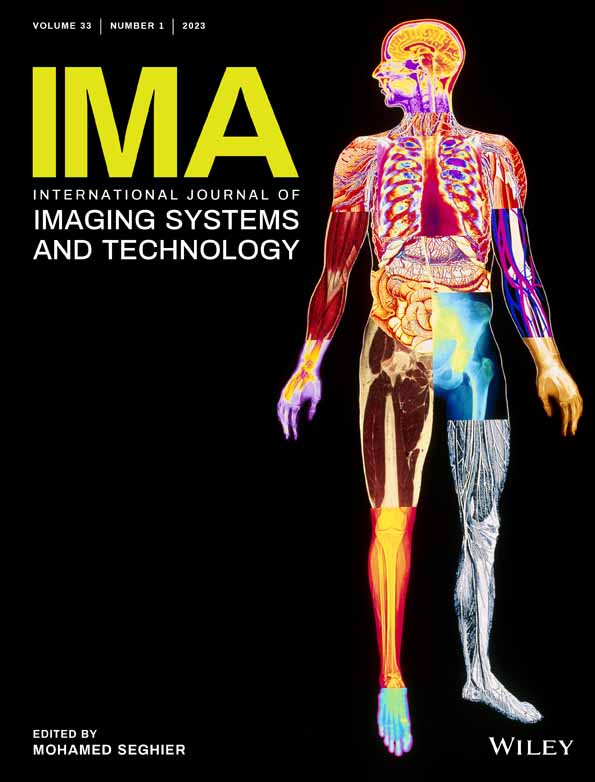Skin lesion classification based on the VGG-16 fusion residual structure
Funding information: Educational Commission of Anhui Province of China, Grant/Award Number: KJ2020A0471; Anhui Provincial DOHURD Science Foundation, Grant/Award Number: 2020-YF22; Anhui Provincial Natural Science Foundation, Grant/Award Numbers: 2008085MF182, 1908085QF281; National Natural Science Foundation of China, Grant/Award Numbers: 62 001 004, 62 105 002, 61 901 006; University Synergy Innovation Program of Anhui Province, Grant/Award Number: GXXT-2019-007
Abstract
The analysis of skin lesion images is challenging due to the high interclass similarity and intraclass variance. Therefore, improving the ability to automatically classify based on skin lesion images is necessary to help physicians classify skin lesions. We propose a network model based on the Visual Geometry Group Network (VGG-16) fusion residual structure for the multiclass classification of skin lesions. based on the VGG-16 network, we simplify and improve the network structure by adding a preprocessing layer (CBRM layer) and fusing the residual structure. We also use a hair removal algorithm and perform six data augmentation operations on a small number of skin lesion images to balance the total number of the seven skin lesions in the dataset. The model was evaluated on the ISIC2018 dataset. Experiments have shown that our network model achieves good classification performance, with a test accuracy rate of 88.14% and a macroaverage of 98%.
CONFLICT OF INTEREST
This is an open access article under the terms of the Creative Commons Attribution License, which permits use, distribution, and reproduction in any medium, provided the original work is properly cited.
Open Research
DATA AVAILABILITY STATEMENT
The datasets generated or analyzed during this study are available from the corresponding author on reasonable request.




